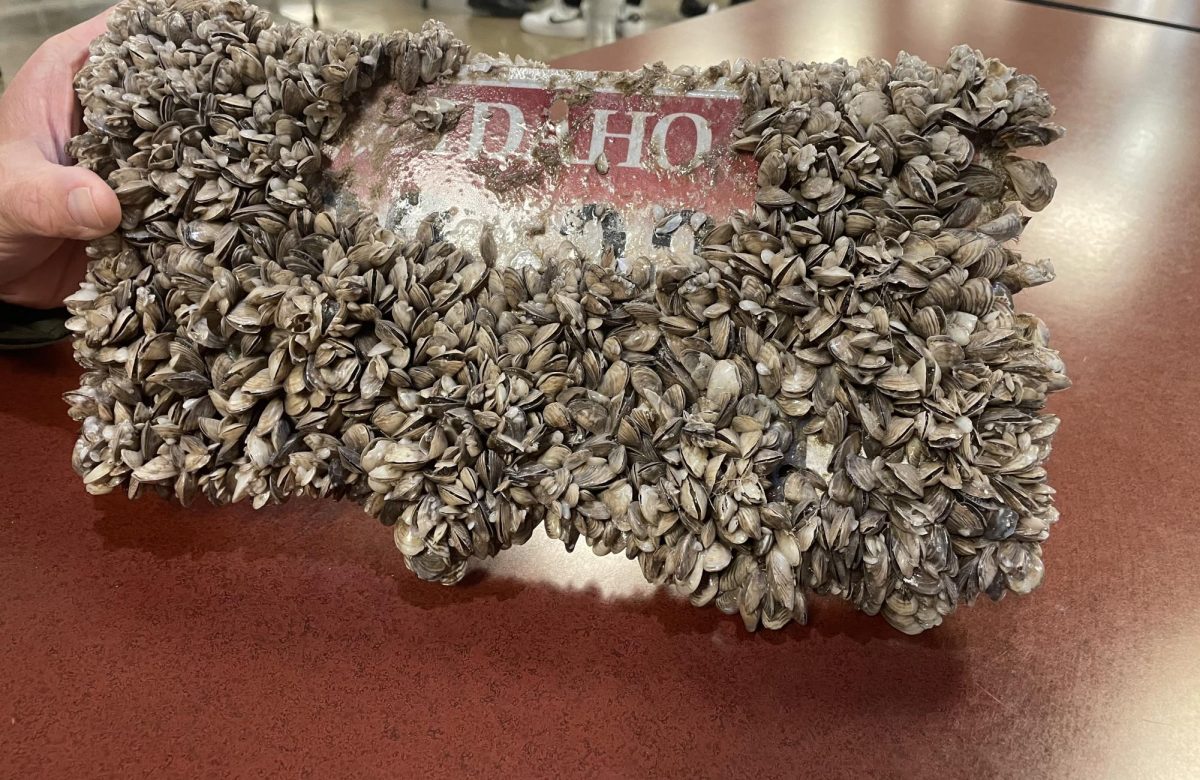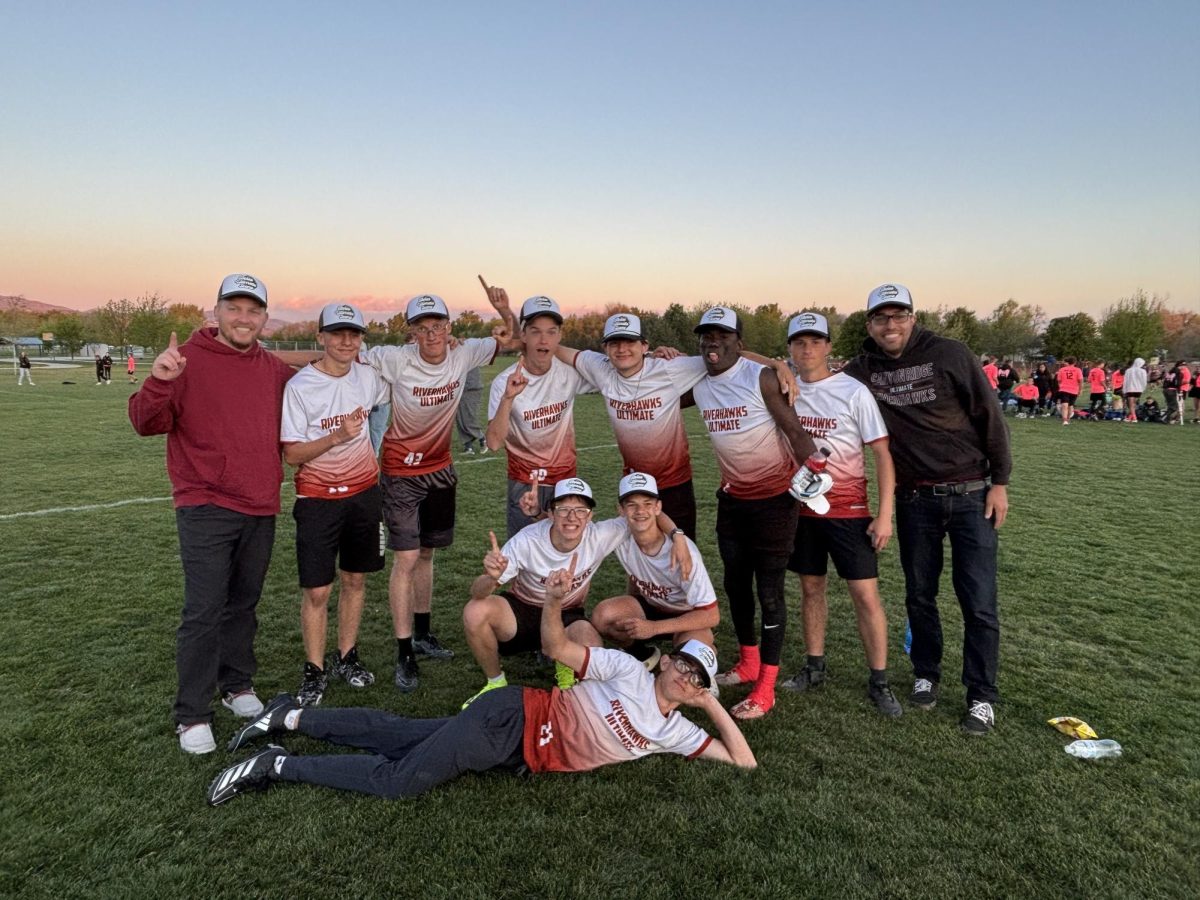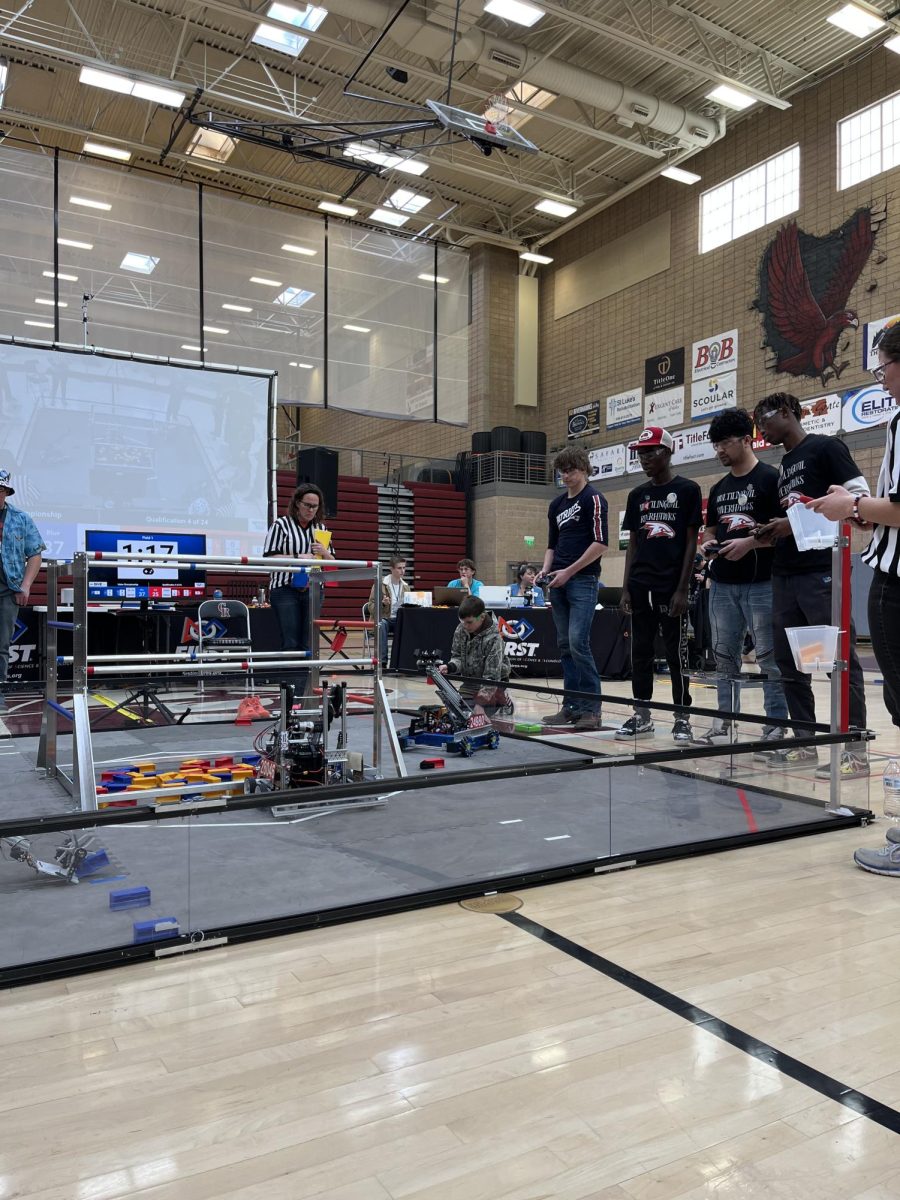UPDATE 2/13/2024: Centennial Park is open to the public for watercraft, with the requirements of boat checks and decontamination entering and leaving the park.
Idaho Fish and Game, along with other state agencies and departments, continues their attempt to eradicate quagga mussels in the Snake River from Broken Bridge to the Twin Falls Power Plant using chelated copper.
According to Mr. Terry Thompson from Idaho Fish and Game in the Jerome office, quagga mussels, which are native to Ukraine, are a “bivalve” mussel, which is now an invasive species in the U.S.
There are various reasons quagga mussels are harmful to the Snake River. They can impact irrigation systems, clog pipes, raise the cost of food production, find their way into hydropower, and clog the ability to produce electricity. Quagga mussels also impact recreational activities.
More importantly, quagga mussels disrupt the food chain in river systems by consuming all the phytoplankton to the point where the fish can’t eat them, and this can cause significant harm to a river’s ecosystem in the long run.
Quagga mussels reproduce very frequently, spawning up to one million eggs over one year. They spawn about twenty times a year, which is the reason for such alarm regarding the Snake River and its tributaries.
To remove the mussels, Idaho Fish and Game treated the water with chelated copper to kill the mussels. According to Thompson, about 40 thousand gallons of the liquid copper solution was used in the river. The copper can kill aquatic organisms to eradicate the mussels, but the solution comes with the risk of hurting other fish.
Fish and Game knew chelated copper would hurt fish populations along with eradicating the mussels, so Fish and Game attempted to collect as many fish through electric fishing and are now holding the fish in tanks for the time being. The fish will later be released.
Sturgeon were killed, but as far as Idaho Fish and Game can tell, all sturgeon killed were hatchery fish. According to Thompson, it is probable that no wild sturgeon live in that section of the river.
“The fish typically have an external mark that shows it came from a hatchery. Could there have been a wild sturgeon in that section? Maybe, but not likely. And since we never found a dead wild fish, it just reinforces that our assumptions were correct,” said Thompson.
Idaho Fish and Game hopes the treatment is working but will not find out until the quagga mussels attempt to reproduce when the water temperature becomes warmer. It could take one to two years to know if the treatment worked. If Fish and Game does not detect new quagga mussel larvae, the chelated copper will succeed.
If the treatment is successful, the Snake River will be reopened for watercraft but with certain rules in effect. Once reopened, all watercraft must be cleaned and checked to prevent the spread of invasive species. According to Thompson, recreationists must “clean, drain, and dry” watercraft and fishing equipment, such as waders, to ensure waters stay clean and invasive species do not spread. It is unknown when the middle section of the Snake River will be reopened to the public.








